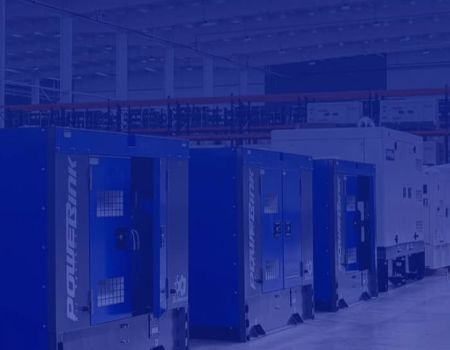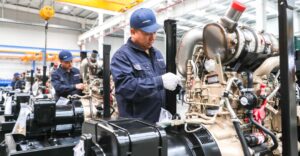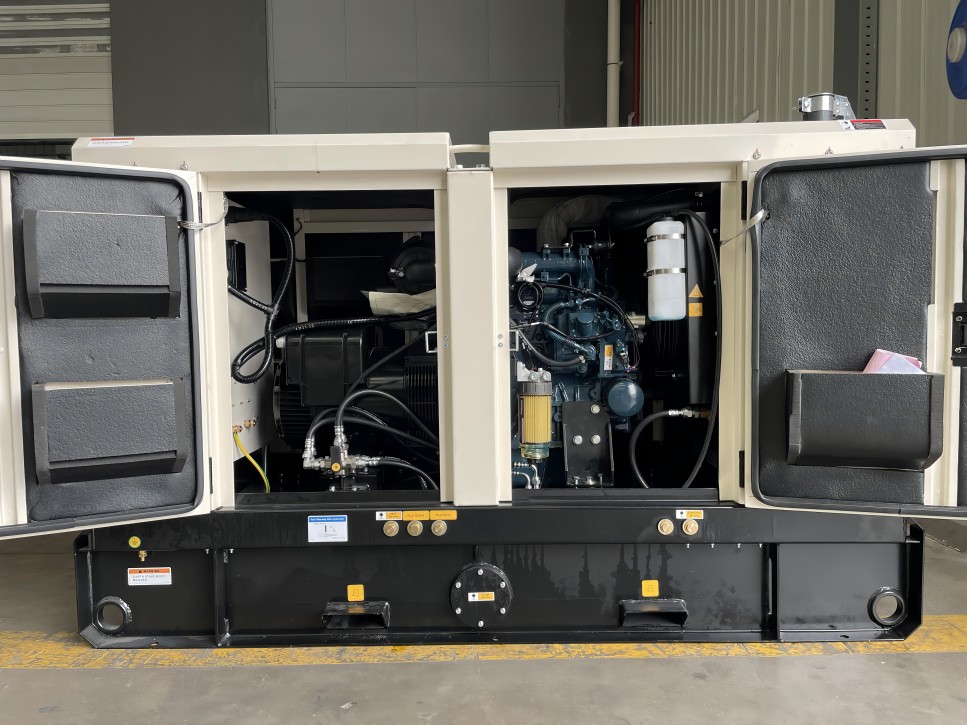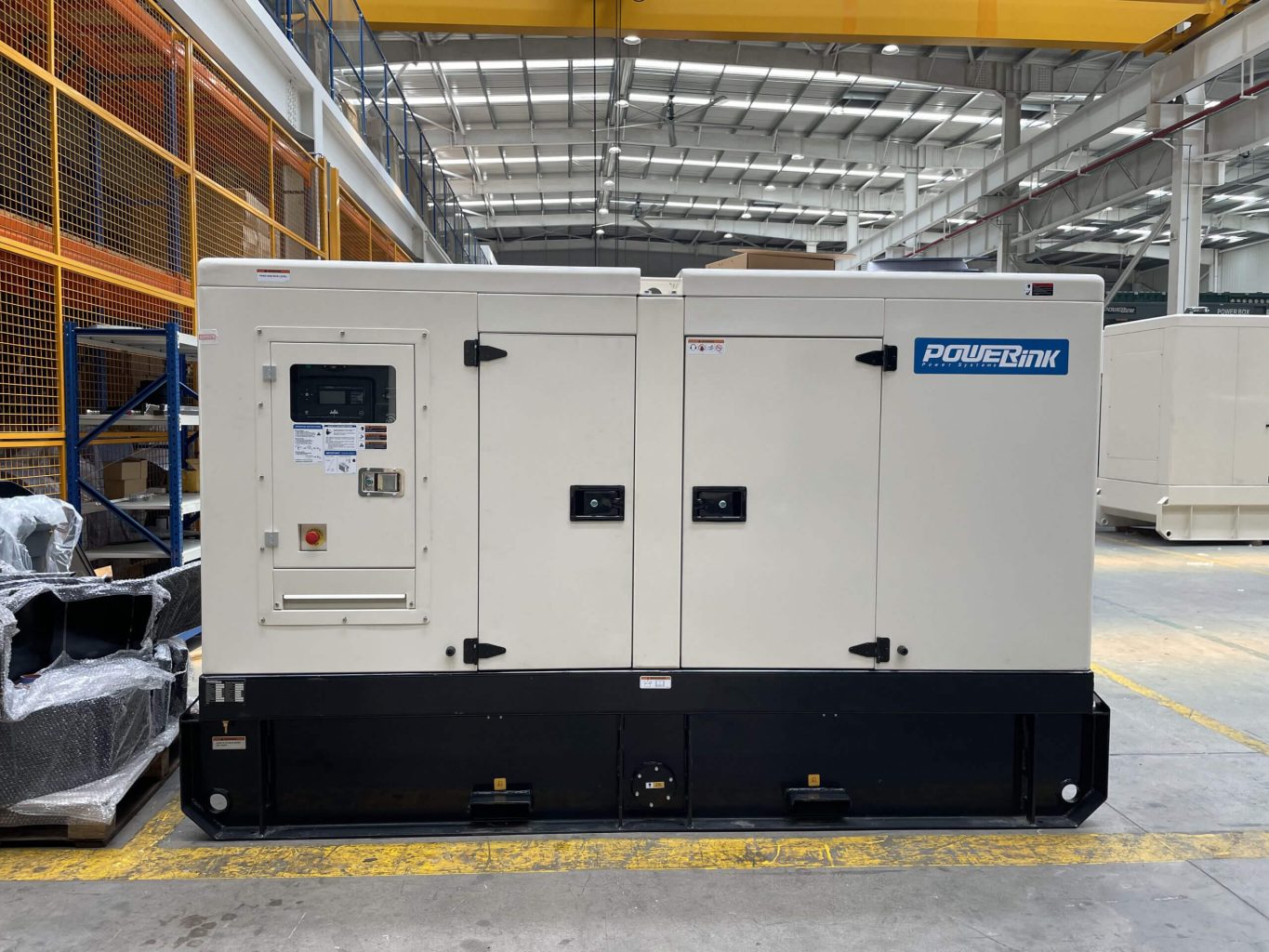How Long Can a Generator Run continuously For?
During a sudden power outage, household appliances and equipment may shut down, potentially disrupting daily activities. Businesses may experience delays, and industrial operations could be affected. In such situations, generators serve as an alternative power source to keep systems operational. However, how long can a generator run continuously?
The answers to these questions vary depending on specific circumstances. We will provide some tips and general generator information to help you determine your generator’s runtime. Please refer to your user manual for more specific usage recommendations. Below are details regarding continuous generator operation durations.
What Determines the Continuous Operation of a Generator?
The continuous operation of a generator depends on several factors, including fuel type, tank capacity, load size, and the specific generator model. Natural gas generators can run for extended periods with a stable fuel supply, whereas propane generators are limited by tank capacity. Regular maintenance and load management help maintain reliable operation.
To promote safe operation and extend the generator’s lifespan, it is advisable to shut it down after every 8 to 12 hours of use. Allowing at least 30 minutes for cooling and servicing helps prevent overheating and mechanical issues. Regardless of the generator type, overloading or prolonged continuous use may cause overheating, engine damage, or even fires. As a result, it is best to operate within the rated capacity and suggested runtime while performing routine maintenance.
How long can a standby generator run?
A standby generator is a stationary power system designed to supply electricity to a residence or commercial building during power outages. The total operational lifespan of such generators typically ranges between 1,500 and 3,000 hours, influenced by factors like brand, size, and fuel type. While these generators are engineered for extended use during emergencies, it’s generally recommended to limit continuous operation to around 500 hours to prevent excessive wear and potential damage.
Standby generators differ from portable units in that they are permanently installed and automatically activate during power interruptions, offering a reliable solution for prolonged outages. Various sizes and types are available to meet diverse power requirements.
How Long Can a Portable Generator Run?
The total lifespan of a portable generator typically ranges between 2,000 to 3,000 hours, depending on usage and maintenance. These generators are designed for short-term or temporary power supply, with typical continuous runtimes between 6 to 18 hours per fuel cycle. For extended power outages, a standby generator is generally a better option, as it is built for longer periods of operation. Portable generators, often powered by gas or diesel, require frequent refueling when used for extended periods.
Portable Gas Generators
Portable gas generators generally run for 6 to 13 hours per fuel cycle, depending on the tank capacity, engine efficiency, and power demand. It is important to avoid refueling while the generator is running, as a hot engine increases the risk of fire hazards. If using gasoline, the generator should be turned off periodically, rather than running continuously. Before refueling, it is advisable to turn off the generator and wait for 5 to 10 minutes to allow it to cool down safely.
Portable Diesel Generators
The continuous operation time of a diesel generator depends on several factors, including fuel supply, generator type, and maintenance status. Portable diesel generators, due to their limited fuel tank capacity, can typically run continuously for 6 to 12 hours, depending on the tank size and load. It is generally recommended to change the oil every 100 hours of operation and inspect key components such as pistons and camshafts for wear.
Regarding total operational lifespan, portable diesel generators usually operate for about 2,000 to 3,000 hours before requiring major overhauls or replacement. However, actual lifespan can be influenced by factors such as load, maintenance frequency, and operating environment. Regular inspections and maintenance, such as timely oil and filter changes, can help extend the generator’s service life.
For situations requiring prolonged continuous power supply, standby diesel generators may be more suitable. These units are designed to run for extended periods, provided there is a sufficient fuel supply. Additionally, using two diesel generator sets alternately allows one to supply power while the other undergoes maintenance, achieving uninterrupted power supply. However, it is generally recommended not to exceed 500 hours of continuous operation to avoid potential mechanical wear and failure.
Portable Propane Generators
The runtime of a portable propane generator depends on fuel management and maintenance. For instance, a 7kW generator can operate for approximately 66 hours on a 100-gallon propane tank at full load, while a 12kW generator may run for about 36 hours under the same conditions. Most modern propane generators have an automatic shutoff feature when oil levels drop too low, typically limiting operation to 150–200 hours before requiring maintenance. Overheating is another factor that can affect performance, particularly in high-temperature environments. Using fans for cooling or ensuring proper ventilation can help prevent overheating and maintain consistent performance. Regular servicing and temperature management contribute to a longer operational lifespan.
Safety Considerations for Continuous Operation
Operating generators for extended periods requires adherence to safety protocols to prevent accidents and ensure efficient performance. Always follow the manufacturer’s guidelines regarding runtime and maintenance schedules. Neglecting regular inspections or overloading the generator can lead to malfunctions or safety hazards.
Carbon Monoxide Poisoning
Generators emit carbon monoxide (CO), a colorless and odorless gas that can be lethal if inhaled in significant amounts. To mitigate this risk:
- Placement:Always operate generators outdoors, positioned away from windows, doors, and ventilation openings to prevent CO from entering living spaces.
- Detection: Install battery-operated CO detectors within your home to monitor CO levels and provide early warnings of potential danger.
Electrical Safety
Ensuring electrical safety is paramount when using generators:
- Grounding:Properly ground the generator to reduce the risk of electric shock.
- Extension Cords: Utilize heavy-duty extension cords rated for outdoor use. Avoid running cords under carpets or through windows and doors where they can become damaged.
- Connection:Never connect the generator directly to household wiring without a professionally installed transfer switch, as this can cause backfeeding, posing a risk to utility workers and others.
Looking to purchase a generator?
Powerlink Energy specialize in generators. Our dedicated team listens to your specific requirements and assists in selecting the most suitable generator for your needs. Choosing between portable and standby generators can be challenging. With our expertise, we guide you through the decision-making process, ensuring you find the perfect fit for your household or business.




